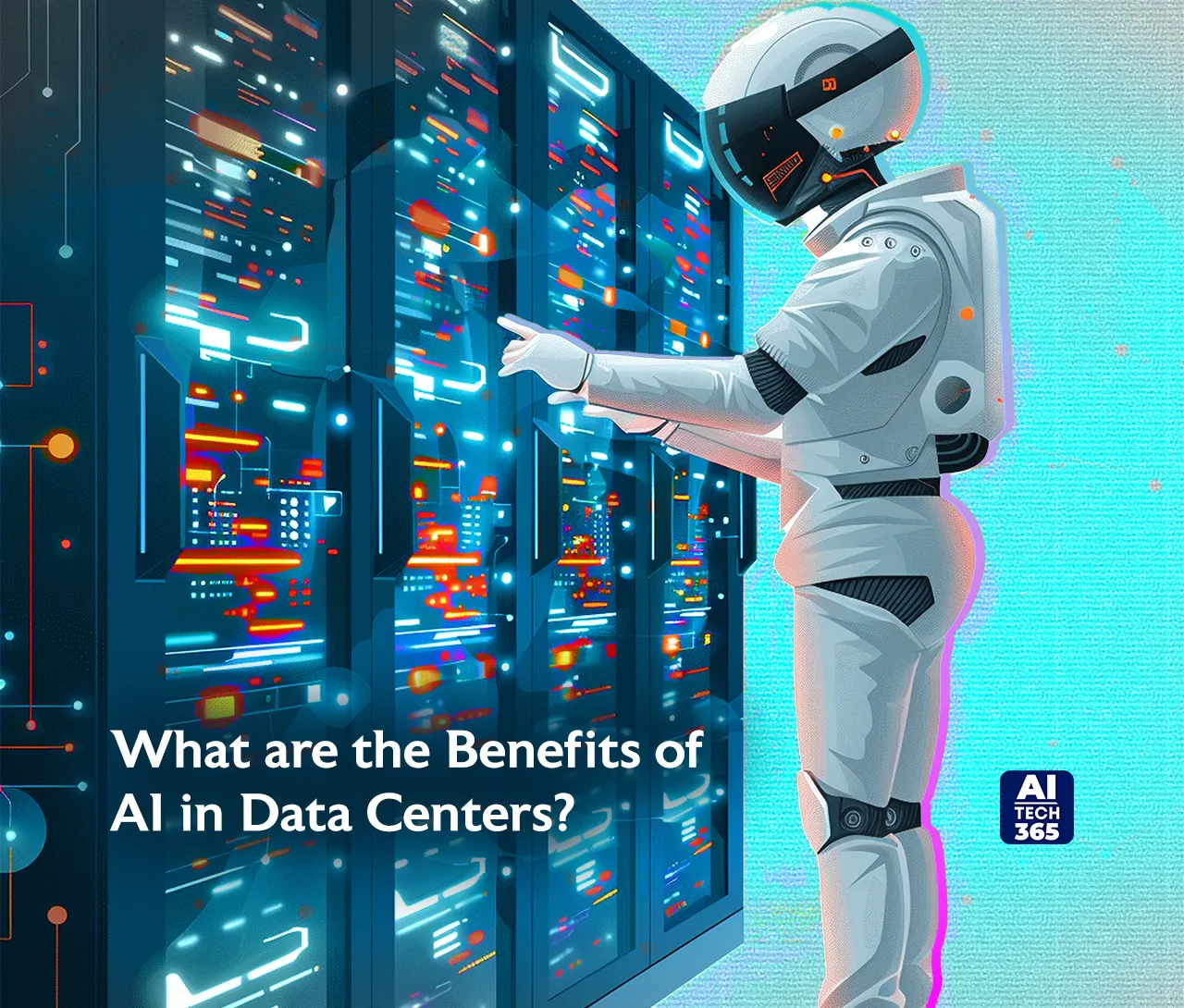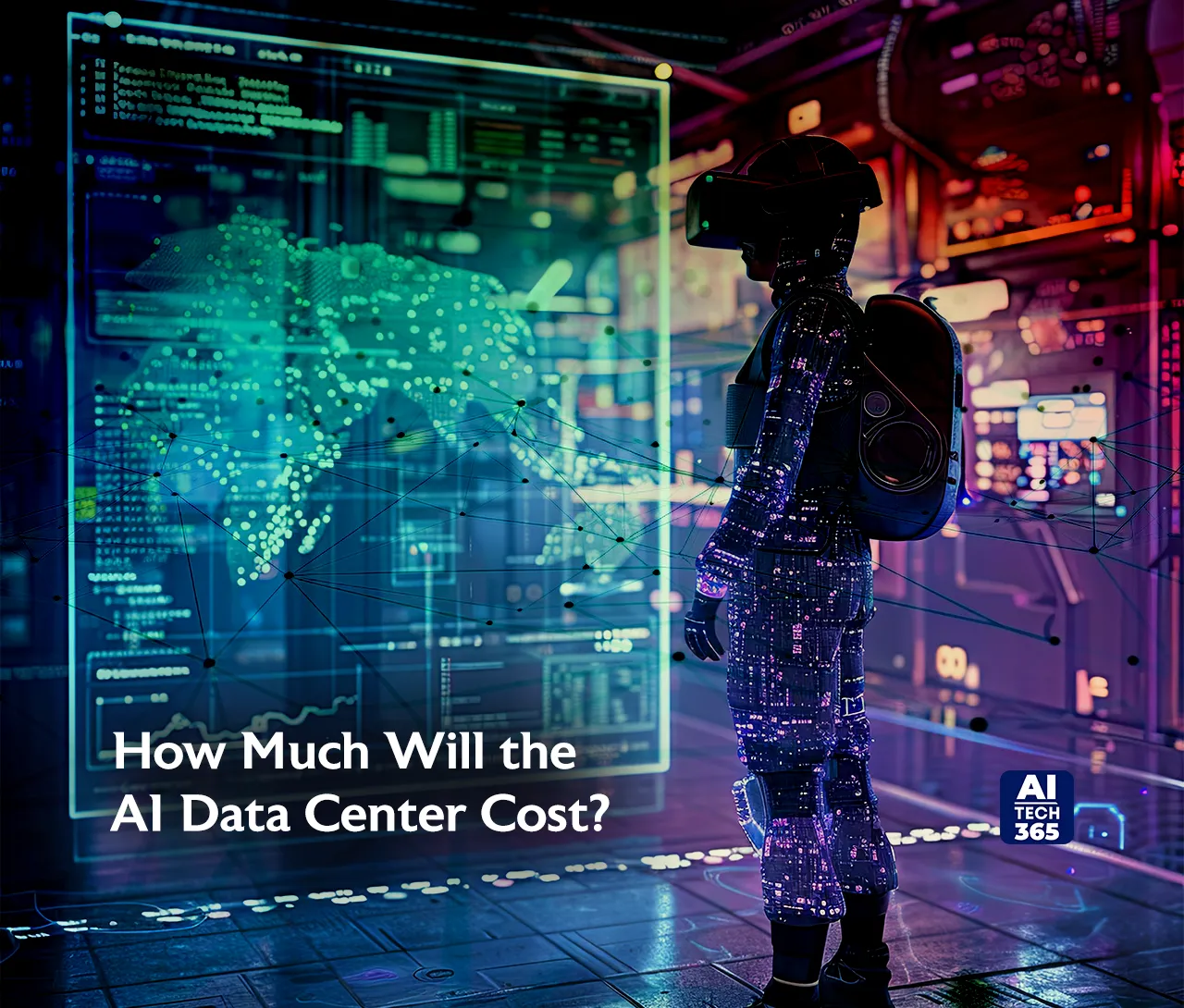Artificial intelligence (AI) is not a new word and if it is, you have a lot to catch up on. Every business/ sector wants to integrate AI into their operation in some way or another. AI data centers are not an exception to this.
These are massive next-big things transforming the way we use AI tools. With tools like ChatGPT, MidJourney, Grok, Gemini, etc, training and delivering AI equates to high computing power and data storage. AI data centers are doing that. But are all for our betterment or is it slowly killing us? Read on to find out.
What is an AI Data Center?
An AI data center is a specialized facility designed to support the unique demands of AI workloads.
These data centers are optimized for high-performance computing, particularly for tasks that require significant processing power, such as training and running AI models.
Take a viral bot like ChatGPT for example. Just like any other AI model, this also relies on data center infrastructure. These data centers are not specific to ChatGPT but they’re a part of OpenAI infrastructure.
What are the Benefits of AI in Data Centers?
 Some of the key advantages of having AI in data centers include:
Some of the key advantages of having AI in data centers include:
1. Predictive Maintenance
AI helps monitor equipment performance continuously. This allows for early detection of potential failures. It prevents downtime and reduces operational disruptions. By predicting maintenance needs, data centers can optimize schedules. This extends the lifespan of their hardware.
2. Dynamic Optimization
AI adjusts operations in real-time based on environmental factors. This process enhances energy efficiency without reducing performance. It makes data centers more sustainable and cost-effective.
Recent studies indicate that 57% of data center owners said they trust the AI model to make effective operational decisions, marking a 20% increase from 2022.
3. Enhanced Energy Efficiency
AI analyzes energy consumption patterns to optimize cooling and power use. This is vital as AI workloads need significant power, increasing costs.
4. Automation of Routine Tasks
AI automates daily tasks like resource allocation and load balancing. This streamlines processes and reduces the need for manual intervention. Staff can then focus on more strategic tasks.
5. Improved Security
AI boosts security by monitoring for unusual patterns and threats. It enables quicker responses to security incidents, protecting data and infrastructure.
6. Scalability and Flexibility
AI helps manage and scale resources as demand increases. This flexibility is crucial for handling fluctuating workloads. It ensures data centers meet client needs without delays or shortages.
Also Read: What Is AI in DevOps? Benefits & Challenges
What is the Difference Between Traditional Data Center and AI Data Center?
The difference between traditional data centers and AI data centers is based on their
- design
- infrastructure
- operational capabilities to meet the AI workloads
Traditional data centers are typically built for general-purpose computing, focusing on CPU-intensive tasks and utilizing standard server configurations and cooling systems that may not be optimized for high-density workloads.
In contrast, AI data centers are engineered to support high-performance computing (HPC) requirements, accommodating specialized hardware like Graphics Processing Units (GPUs) essential for AI model training and inference. This specialized infrastructure necessitates higher power requirements and advanced cooling solutions to manage the increased heat output from these components.
Moreover, traditional data centers generally have a power usage efficiency (PUE) of around 1.57, indicating that a significant portion of energy is consumed by infrastructure overhead, primarily for cooling.
AI in data centers, however, often implements liquid cooling systems instead of traditional air cooling, which can significantly lower the PUE to around 1.08, allowing more power to be dedicated to actual computing tasks. For example, Google minimized the cooling bill by 40% with AI.
How Much Will the AI Data Center Cost?
 The cost of establishing and operating AI data centers is expected to be significant, reflecting the growing demand for advanced computing capabilities.
The cost of establishing and operating AI data centers is expected to be significant, reflecting the growing demand for advanced computing capabilities.
For individual components, the costs can vary widely. A typical mid-range server designed for AI workloads can exceed $10,000, and this does not include additional expenses for backup systems, networking equipment, and other necessary infrastructure. As organizations increasingly adopt AI technologies, the cumulative costs associated with hardware, software, and maintenance can escalate quickly.
Operational costs are also a critical factor, particularly due to the high power consumption associated with AI workloads. For example, processing a single AI query can require nearly ten times the electricity of a standard web search, leading to electricity bills that can reach millions of dollars annually. This increase in energy demand poses challenges for existing power grids and raises concerns about sustainability and environmental impact.
What is Going to Power AI Data Centers?
AI data centers are powered by renewable energy and advanced systems. Renewable sources like solar, wind, and hydro are becoming common. These sources help lower the carbon footprint of energy-intensive facilities.
AI-driven energy management systems predict demand and manage cooling. They balance loads and improve the overall efficiency of the data centers. Significant investments in power infrastructure support these growing needs.
Are AI Data Centers Killing Our Planet?
Unfortunately, AI data centers have many downsides.
In the U.S., AI is currently responsible for about 10-20% of data center energy use, says David Porter, a vice president at the Electric Power Research Institute (EPRI). He further adds that this is a figure that is likely to grow as competition among tech companies intensifies.
Interestingly, the energy required to power data centers in 2015 was 197 Twh, which rose to 411 Twh in 2023. This is more than 2x power which could have been used for other things like mitigating climate.
Goldman Sachs forecasts that the power needed by data centers in the U.S. will grow by 15% each year from 2023 to 2030. Currently, data centers use about 3% of all the electricity in the U.S., but this is expected to increase to 8% by 2030.
Now comes the carbon dioxide emissions. Well, that is also estimated to increase due to data centers, potentially costing $125-140 billion in social costs.
Researchers believe that to support the soaring demand for AI data centers, utilities (companies providing essential services such as electricity, water, etc.) need to invest $50 billion in power generation activities.
Even though investing in AI is already popular, analysts think there are additional investment opportunities in utilities, renewable energy, and industrial sectors. Unfortunately, they are not getting as much attention as they deserve from investors.
The global demand for AI can cause data centers to deplete more than 1 trillion gallons of freshwater by 2027, according to researchers at UC Riverside.
Future of AI Data Centers in a Nutshell
Artificial intelligence is not a fad. This becomes concrete as almost every industry is looking to integrate generative AI in some way or another.
We may see advanced AI algorithms, new technologies, quantum computing, supercomputers shape the future of data centers. As AI takes the central stage, challenges like transparency issues, accountability, and sustainability become a hindrance.
Using AI data center will lead to adaption toward changing demands, offering a scalable and ethical digital backbone. We can anticipate more advancements in cooling technologies, sustainable equations, etc. All these facilities will evolve to meet the challenges and opportunities presented by the next generation of artificial intelligence, paving the way for unprecedented advancements in technology and data processing.


